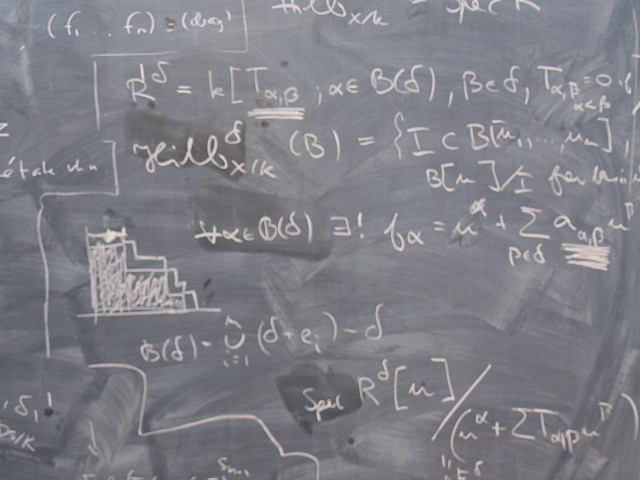Continuity
Limits
The function concept
Elementary functions
Complex numbers
Polynomials
Derivatives
Integrals
Differential equations
Taylor?s formula
Series
Convergence
PROBABILITY THEORY
Stochastic variables (discrete and continuous)
Measures (position, spreading)
Important distributions
Central Limit theorem
This course shall make the student confident with fundamental functions and main concepts in calculus and probability theory.
After course completion the student should be able to
- formulate a mathematical model from a given text problem
in single-variable calculus and elementary probability theory
translate the mathematical model into a mathematical programming
language (e.g. Mathematica or Maple)
- analyze and review a solution and make conclusions (synthesis)
DETAILED OBJECTIVES
After course completion the student should be able to
- make calculations with complex numbers in Cartesian and polar form
- calculate modulus, argument and conjugate
- cite and explain de Moivre?s theorem
- cite and explain definitions of properties, such as
local extreme, limit, continuity, derivative,
indefinite and definite integral
- cite and explain important theorems, such as
the intermediate-value theorem, the max-min theorem,
the fundamental theorem of calculus, the mean-value theorem
- use rules for calculating limits, derivatives,
indefinite and definite integrals
- examine a function, i.e. use derivatives limits and
properties of elementary functions and make conclusions
of the properties of the function
- give expressions for area of a plane region, arc length,
volume for solids of revolution
- compute elementary antiderivatives
- make comparisons between sums and integrals
- manage differential equations (1st order linear, separable and higher
order with constant coefficients)
- use Taylor?s formula to approximate functions
- make controls ofresults and verify the correctness or relevance
- cite and explain the probability concept
(conditional probability, independence)
- cite and explain stochastic variable (discrete and continuous)
- use elementary distributions,
e.g. Binomial, Poisson, exponential and normal distribution
- compute probabilities, and measures (location and spreading)
- cite and explain the Central Limit theorem
